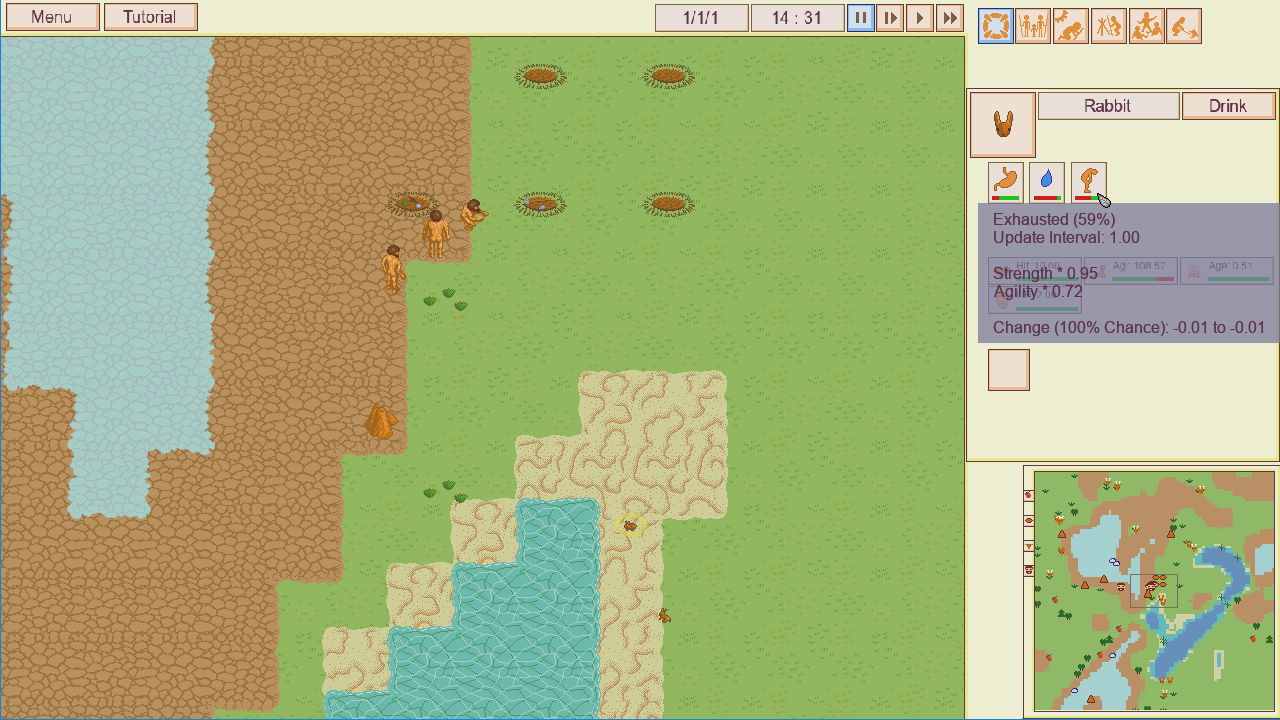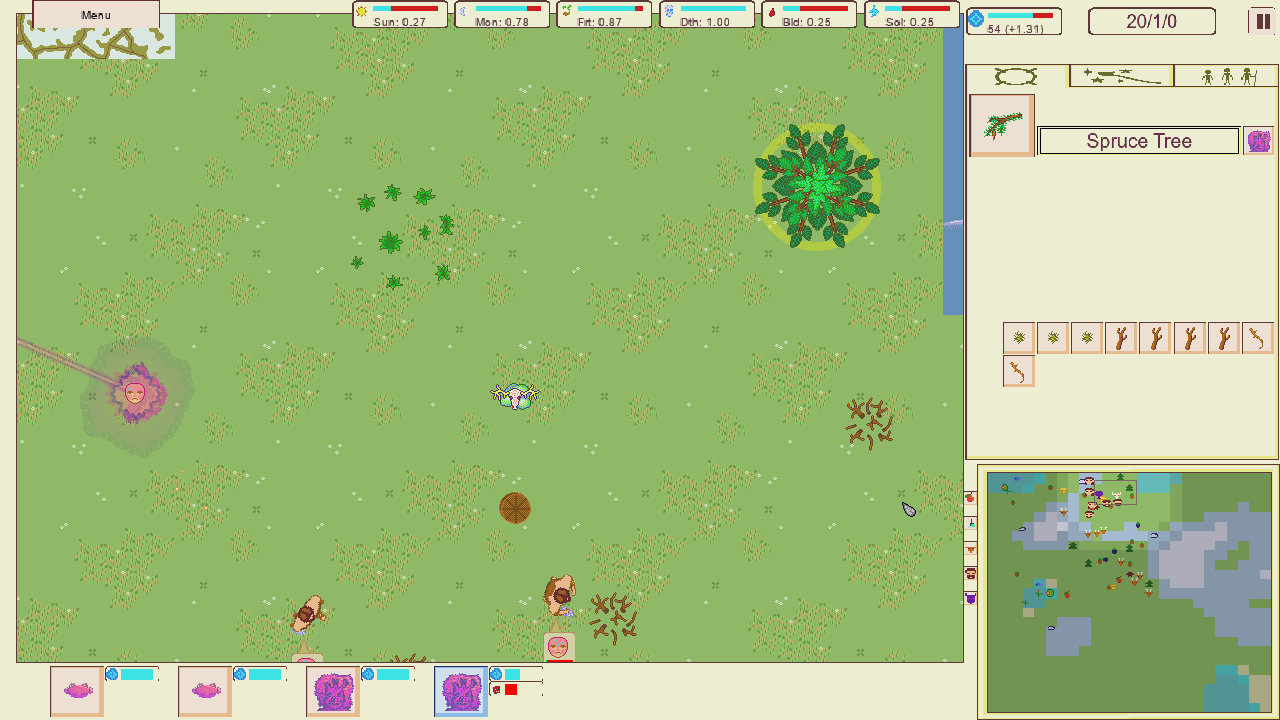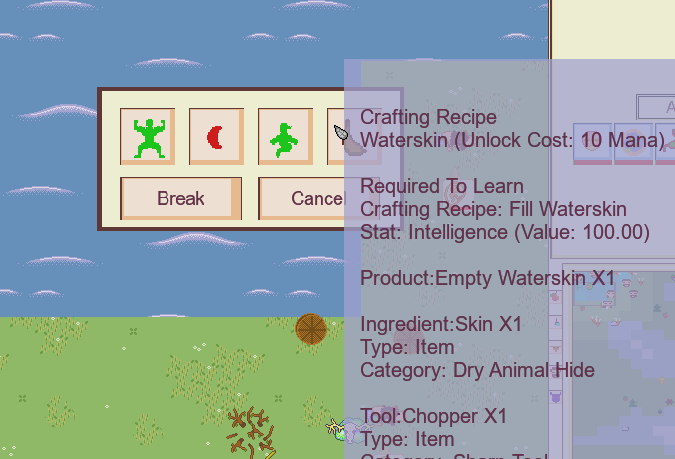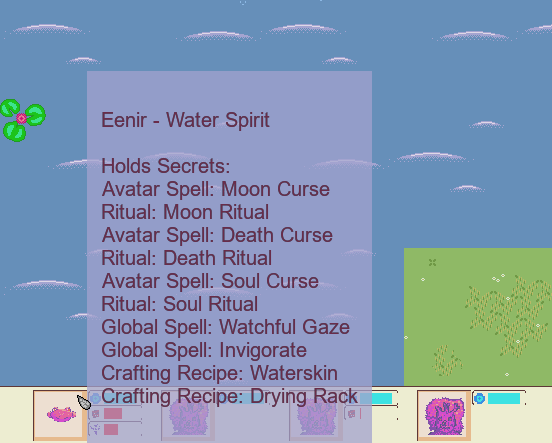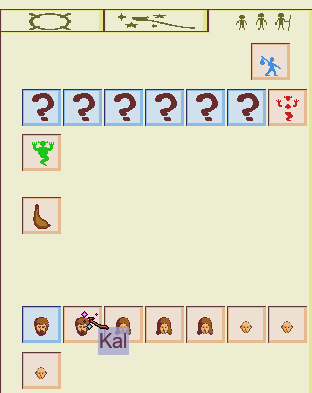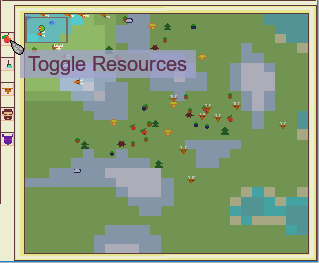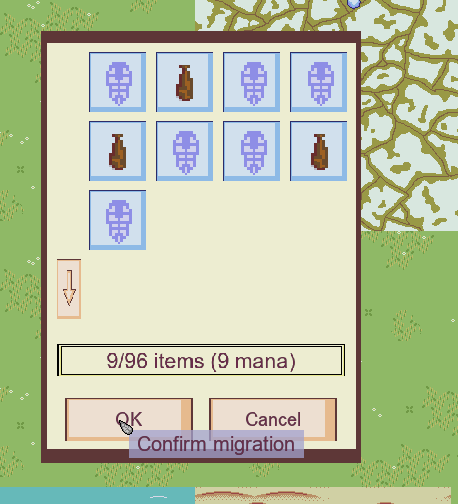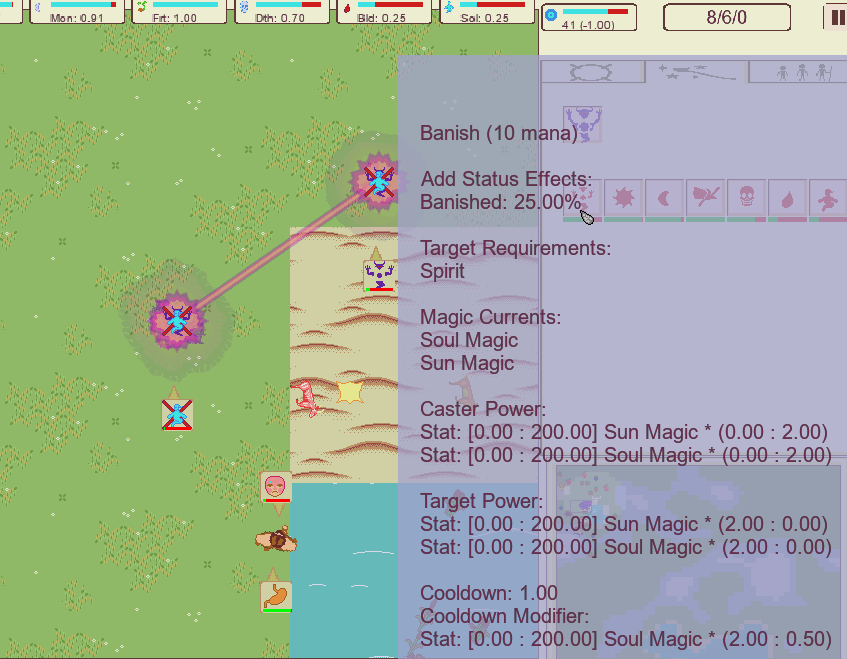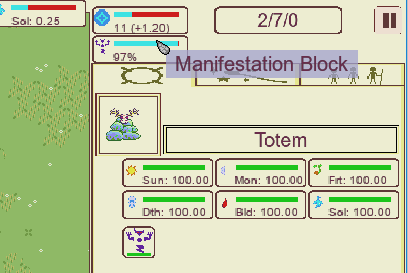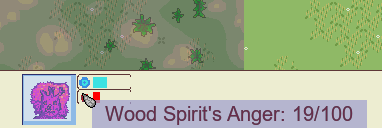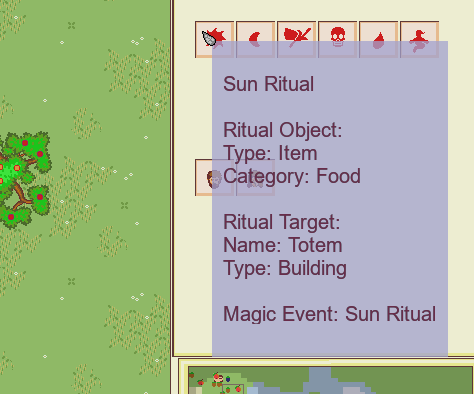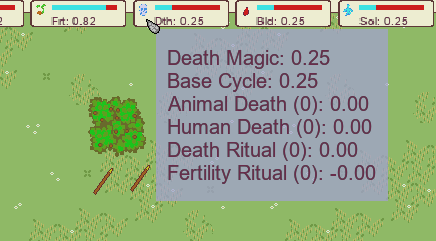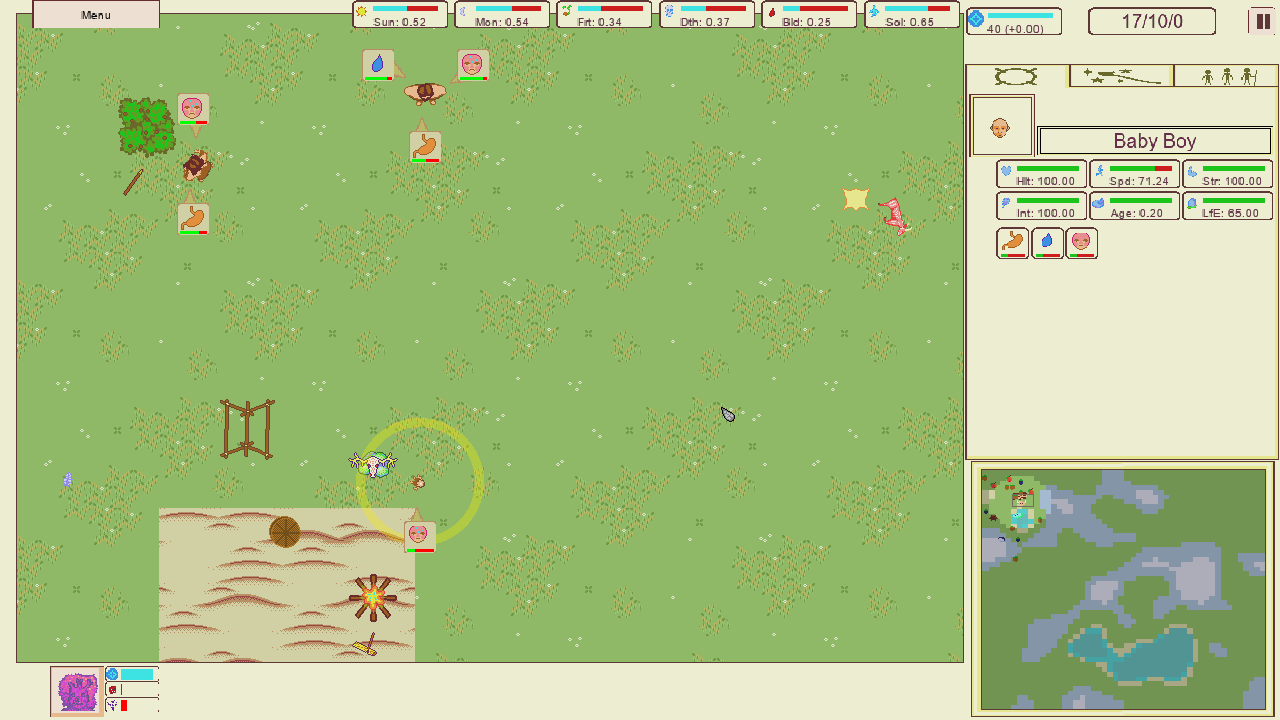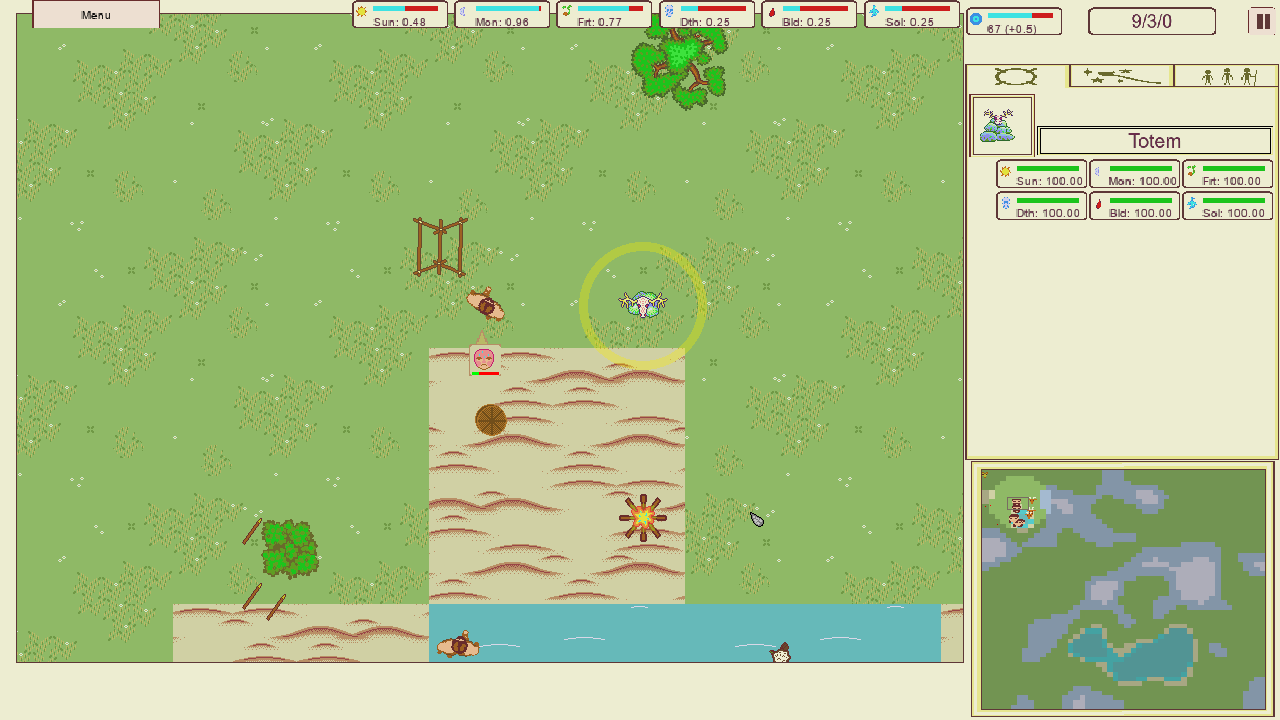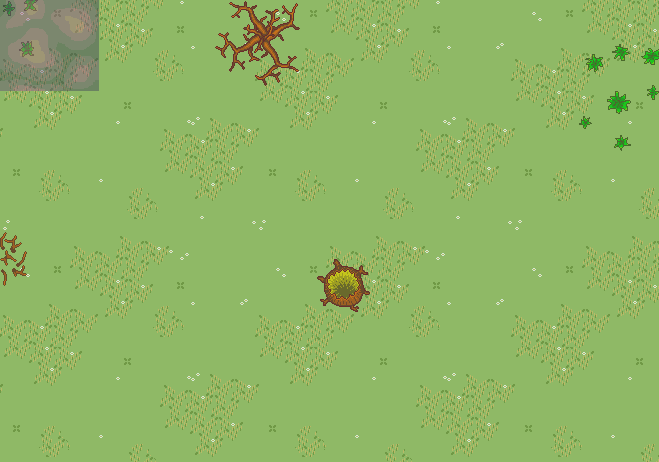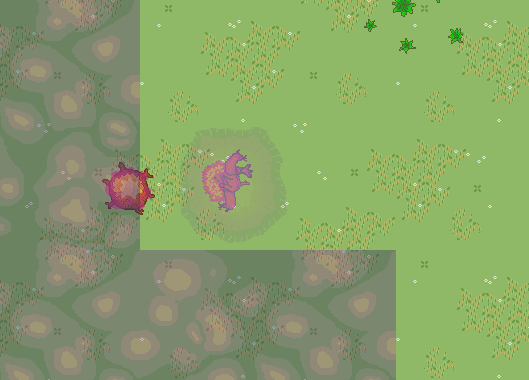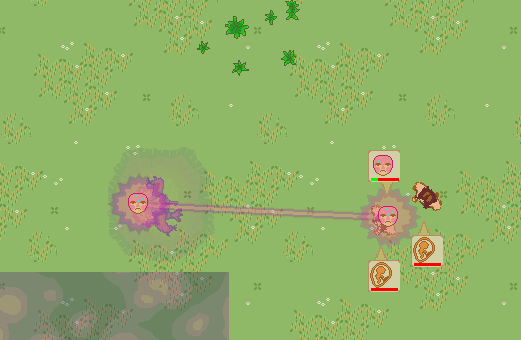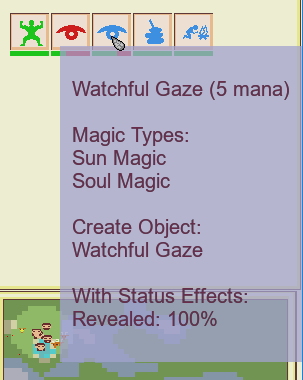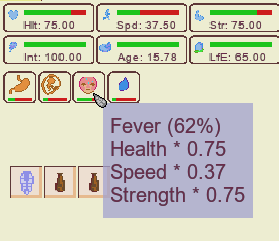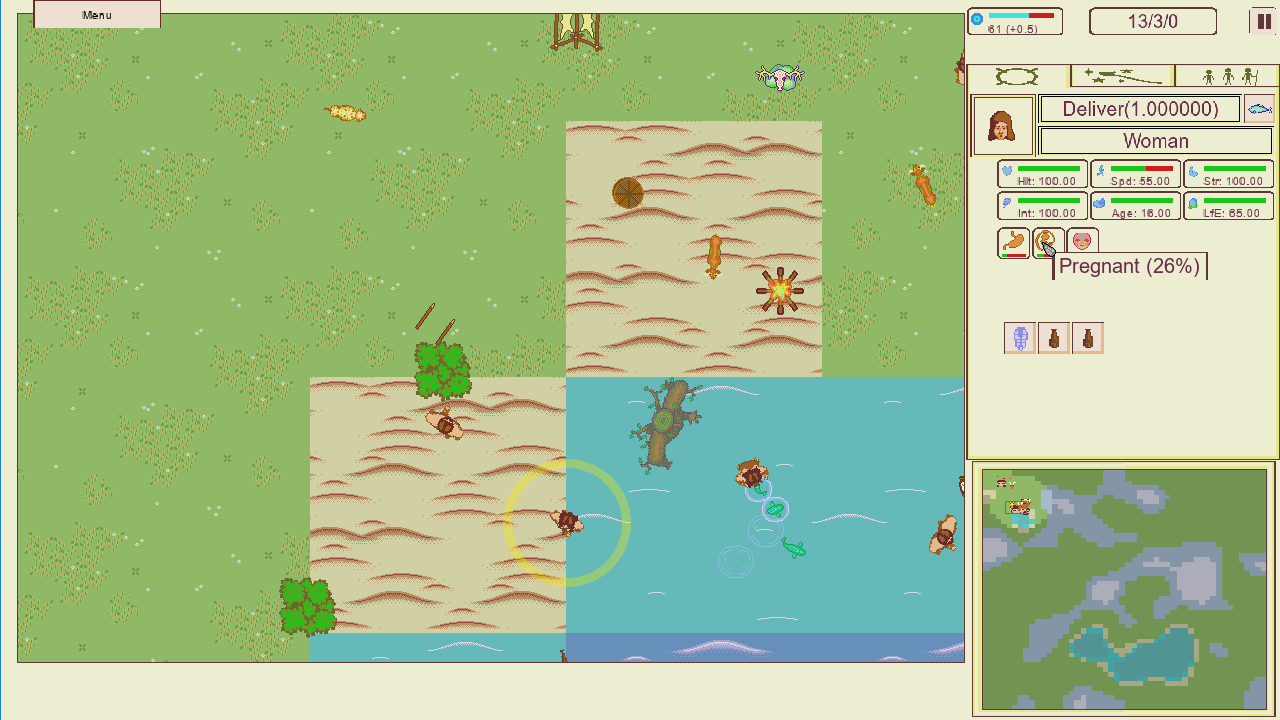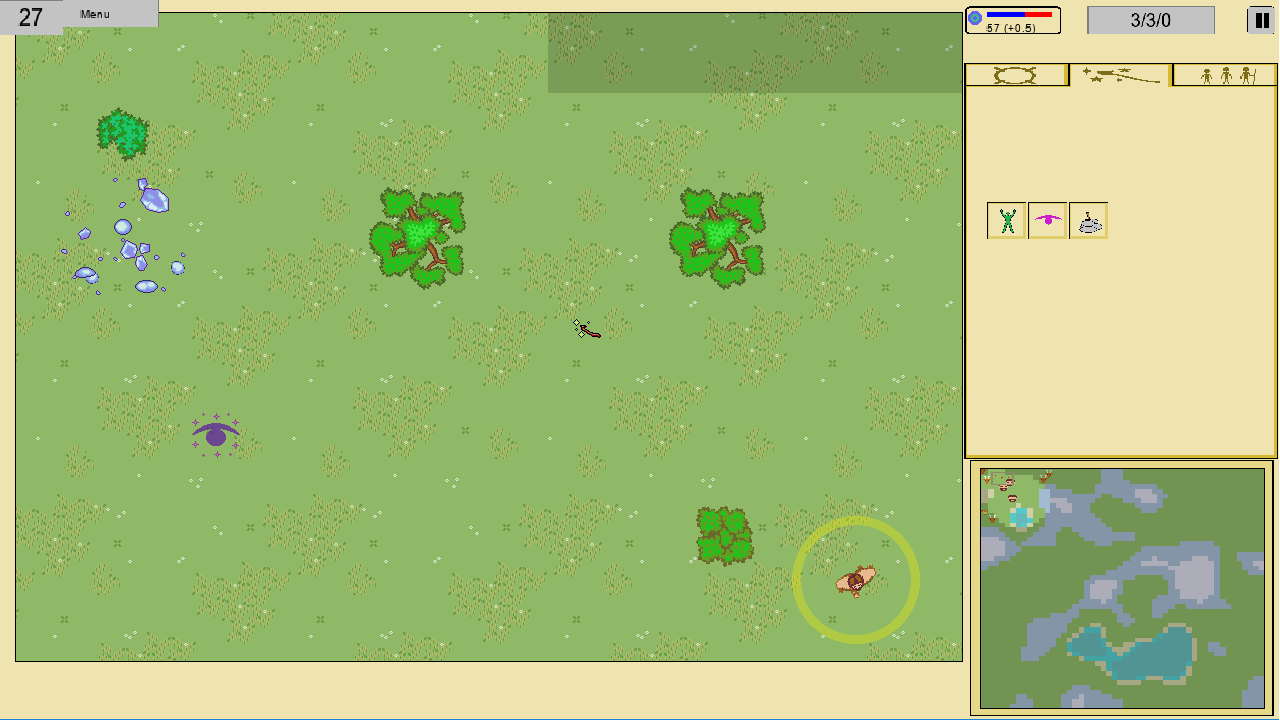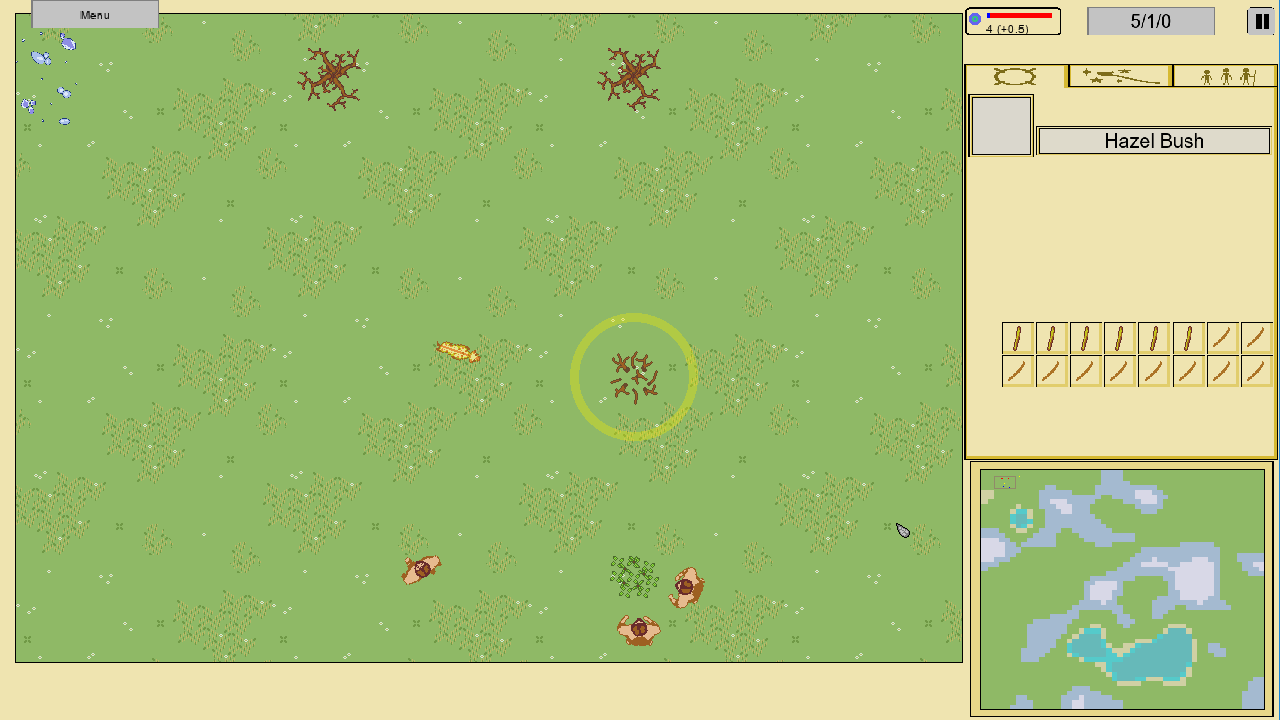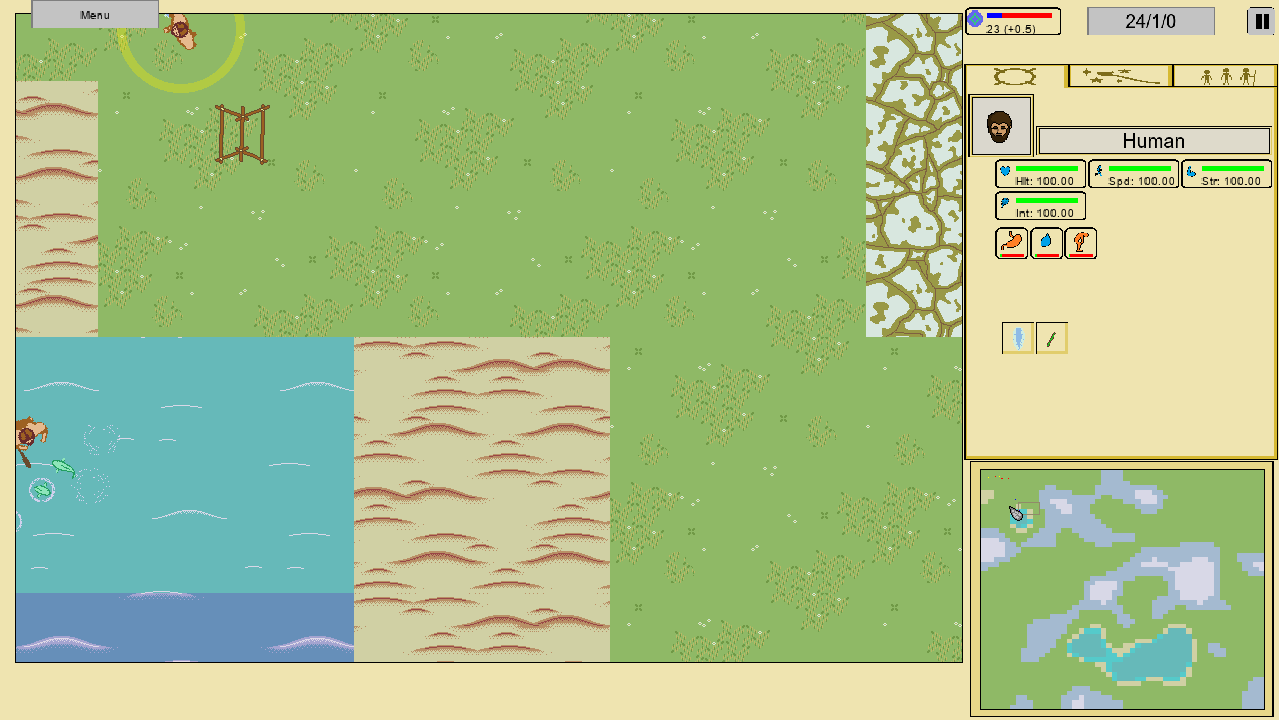So, this isn't really my cup of tea because it's narrative heavy and a bit on the surrealist side, so take my feedback with a grain of salt.
Anyway, the music is great.
IMO the main improvement here would be increasing the ratio of interactive gameplay to plot exposition. Also, the narration could use a bit more visual interest. Not necessarily full blown pixel art backgrounds, but even some background color changes to reflect the changes in the mood could go a long way. Like a greenish background for start when the forest is doing well, and then transitioning to yellowish to represent withering, stuff like that. Another neat little thing could be giving the singers a couple of costume changes, I'm kinda getting school play vibes from them so it could be cute to put them in stylized tree costumes for example.



